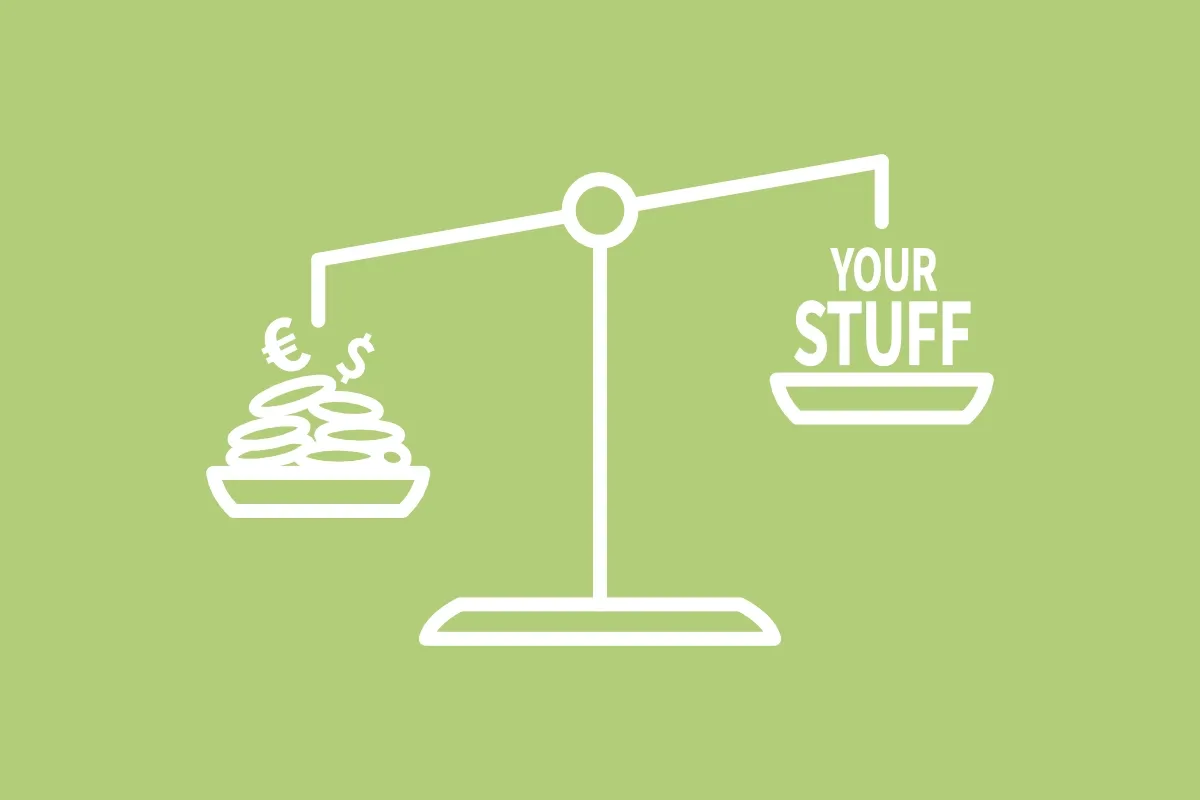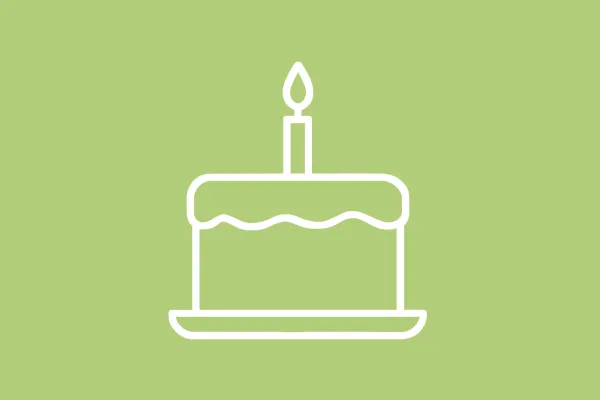A low Stuff to Money Ratio decreases financial worries

Have you ever had something expensive break, and the mere thought of replacing or repairing it filled you with anxiety?
I lived through this exact experience on a road trip across Norway in 2024, when our trusty Fujifilm X-T3 camera suddenly refused to power on, no matter how many battery swaps or desperate button combinations I tried.
This resulted in two things:
- I had to fall back on my phone camera to document the following hike...

- Instead of fully enjoying the hike, I spent the day in a state of anxiety, thinking about repairing/replacing the camera and how much that would possibly cost...
The main idea
On that hike, an idea clicked for me, which I now call the “Low-Stuff-to-Money-Ratio” (Okay, I admit the name could use some work…). A simple financial rule of thumb for a Low low-maintenance life with minimized stress:
The value of one's posessions should ideally always be lower than the total amount of money "available" (savings) to reduce stress and financial worries!
Simply put: if the total value of your possessions is less than your available savings, you worry less.
Fewer expensive things mean less to break, less to maintain, and fewer unplanned expenses - and if something does break, you have the financial buffer to fix or replace it without breaking a sweat.
My Rule of Thumb
I aim to own as little stuff as possible - and have enough savings that, in theory, I could replace every single possession without having to worry about it. Of course, this is not always possible (some things, like a home or car, are exceptions). But whenever I can, I choose to own things that won’t keep me up at night worrying about potential repairs or replacement costs.
How to Keep a Healthy Ratio
- Reduce possessions: Practice minimalism - only keep what you truly need or love
- Increase savings: The more "unspent" money you have, the bigger your safety buffer
- Buy under budget: Intentionally choose things that are below your maximum budget so you can easily afford repairs or replacements. As Jay Z put it, "If you can't buy it twice, you can't afford it."
Summary
This simple guideline has greatly reduced my financial stress. Instead of chasing the shiniest, most expensive version of everything, I try to always leave a buffer for the unexpected.
I think many people rob themselves of peace of mind by maxing out their budgets on new stuff, leaving nothing for repairs or replacements in an emergency.
Now, instead of living on the financial edge, I enjoy a more relaxed sense of security. I know I can always handle the worst-case scenario when it comes to my (replaceable) possessions.
Have you ever had a similar experience or a rule-of-thumb you live by? I’d love to hear your story in the comments!
By the way, the camera somehow came back to life the next day and has been happily snapping photos ever since! :)

